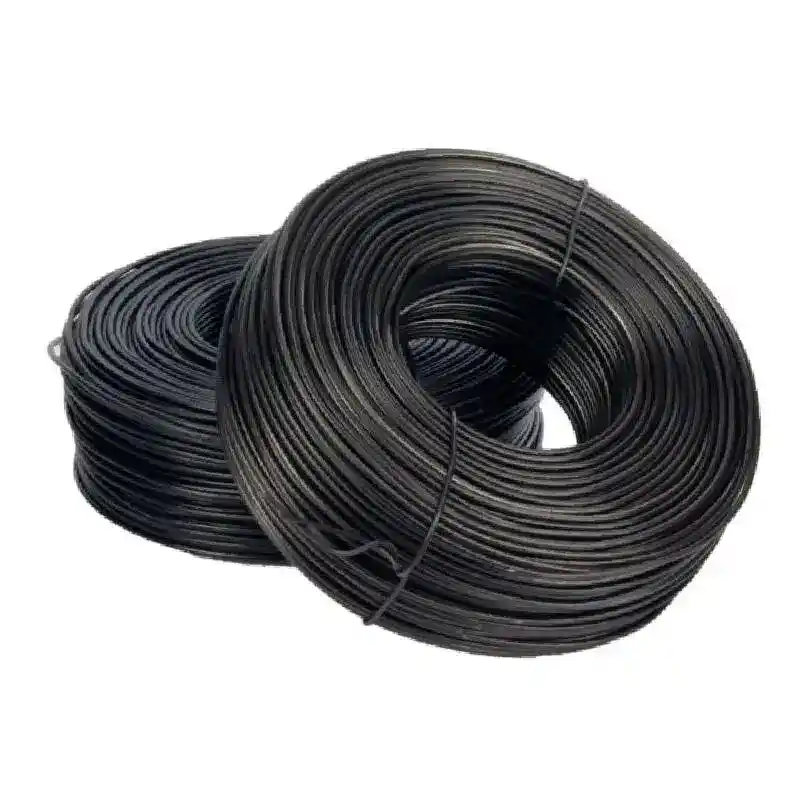
- Mobile Phone
- +8613931874955
- sales@cntcmetal.com
Different Types of Concrete Mesh for Construction and Reinforcement Applications
Understanding Concrete Mesh Types A Comprehensive Guide
Concrete mesh is a critical component in the construction industry, providing structural integrity and stability to various concrete applications. It consists of interconnected steel wires or bars that are embedded in concrete to enhance its tensile strength and overall durability. The right type of mesh can significantly affect the performance of the concrete structure, so understanding the various types of concrete mesh is imperative for builders, architects, and engineers.
1. Welded Wire Fabric (WWF)
Welded wire fabric is one of the most commonly used types of concrete mesh. It consists of uniform wires that are welded together at intersections, creating a grid-like pattern. This type of mesh is available in various gauges and spacing configurations, accommodating different load-bearing needs. Welded wire fabric is typically used in slabs, pavements, and walls, offering excellent reinforcement and ease of installation. Its high tensile strength makes it a preferred choice for industrial and commercial applications, where heavy loads are expected.
2. Reinforcing Bars (Rebar)
Though not mesh in the traditional sense, reinforcing bars, or rebar, are also essential for reinforcing concrete structures. Prefabricated rebar grids can be considered a form of mesh, as they provide similar benefits. Rebar is often laid in a grid pattern within concrete to help prevent cracking and improve overall stability. Depending on the project requirements, rebar can be used in varying diameters and lengths to safely distribute loads, making it suitable for foundations, beams, and columns.
Fiber reinforcement is an innovative alternative to traditional concrete mesh types. It incorporates small fibers—usually made of steel, polypropylene, or glass—mixed directly into the concrete. This method offers several advantages, including improved crack resistance and enhanced durability. Fibers distribute stress more evenly within the concrete, which reduces the likelihood of shrinkage cracks. Fiber reinforcement is particularly useful in slabs and pavements subjected to dynamic loads, as well as in precast elements.
concrete mesh types

4. Galvanized and Plastic Mesh
Galvanized wire mesh is another popular type of concrete reinforcement. The galvanization process enhances the steel's resistance to corrosion, making it suitable for use in harsh environments where moisture is prevalent. Plastic mesh, on the other hand, is lighter and resistant to rust and corrosion, making it ideal for non-structural applications where weight and rust are a concern. Both types of mesh can effectively support concrete in various applications, including stucco and plaster.
5. Expanded Metal Mesh
Expanded metal mesh is produced by cutting and stretching metal sheets to create a network of diamond-shaped openings. This type of mesh provides excellent structural support and is commonly used in applications where a balance of strength and flexibility is needed. Expanded metal mesh can be used in tilt-up construction and as a reinforcing layer in precast concrete products. Its unique design promotes bonding with concrete, enhancing the overall strength of the structure.
Choosing the Right Concrete Mesh Type
Selecting the appropriate concrete mesh type depends on various factors, including the specific project’s requirements, budget constraints, and environmental conditions. Builders must evaluate the expected loads, exposure to moisture, and desired longevity when making their decisions.
In summary, understanding the different types of concrete mesh is crucial for anyone involved in construction. Each type offers unique benefits and drawbacks, so careful consideration must be given to achieve optimal structural performance. Whether using welded wire fabric, rebar, fiber reinforcement, galvanized mesh, or expanded metal, the right choice can lead to safer, more durable concrete structures. As the construction industry continues to evolve, innovative mesh solutions are likely to emerge, further enhancing the capabilities of concrete as a building material.
share:
-
Why Sacrificial Formwork Is Redefining Underground ConstructionNewsJun.06,2025
-
The Structural Dynamics of Modern Concrete: How Snake Spacers Revolutionize Flexible ReinforcementNewsJun.06,2025
-
Snake Spacers Smart-Lock Concrete Reinforcement with Surgical PrecisionNewsJun.06,2025
-
Snake Spacers: Reinforcement Precision for Modern Concrete ProjectsNewsJun.06,2025
-
Snake Spacers Powering Concrete's Structural DNANewsJun.06,2025
-
Slither into Success: Snake Spacers' Precision Bite for Unbreakable ReinforcementNewsJun.06,2025
-
Sacrificial Formwork: Building Stronger, Faster, and Safer StructuresNewsJun.06,2025



















